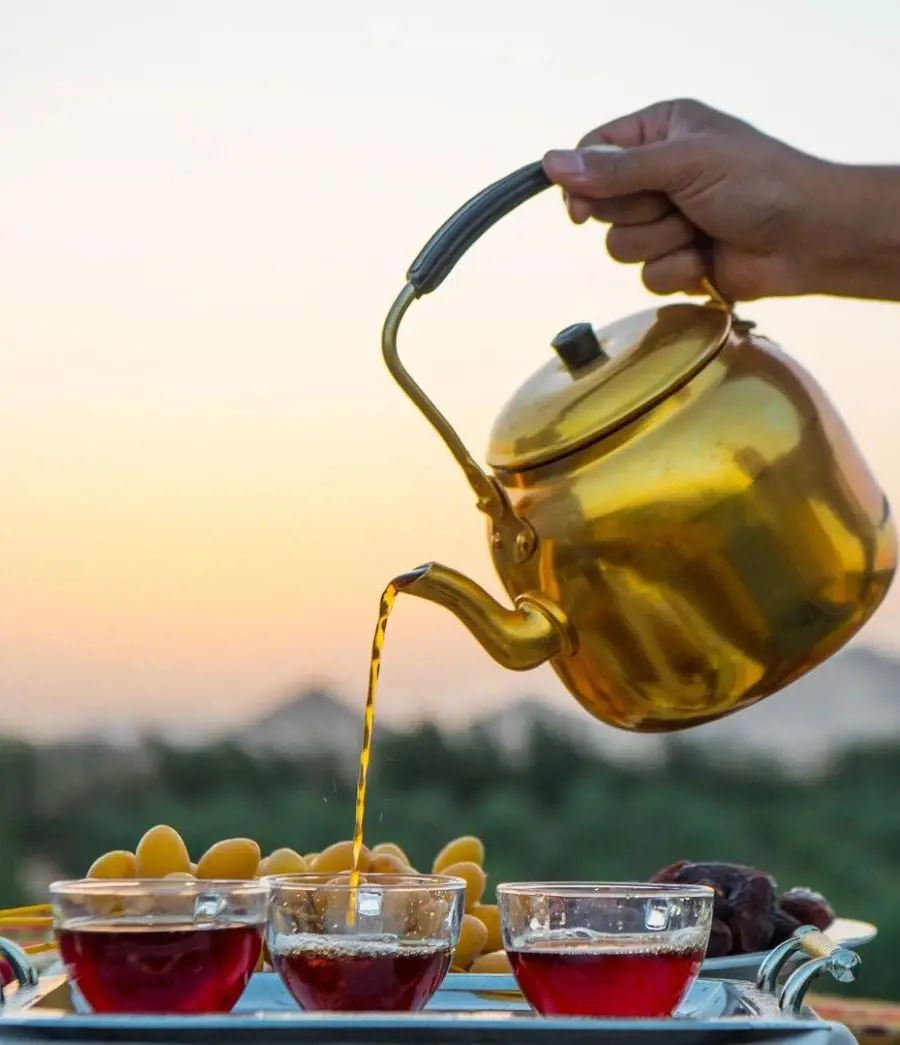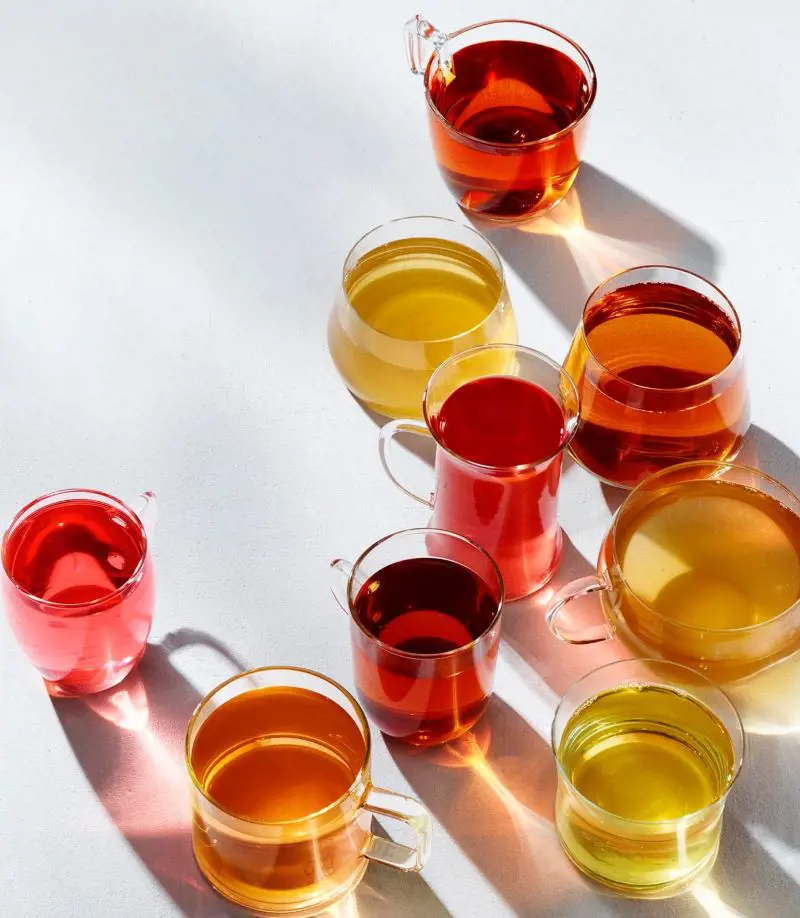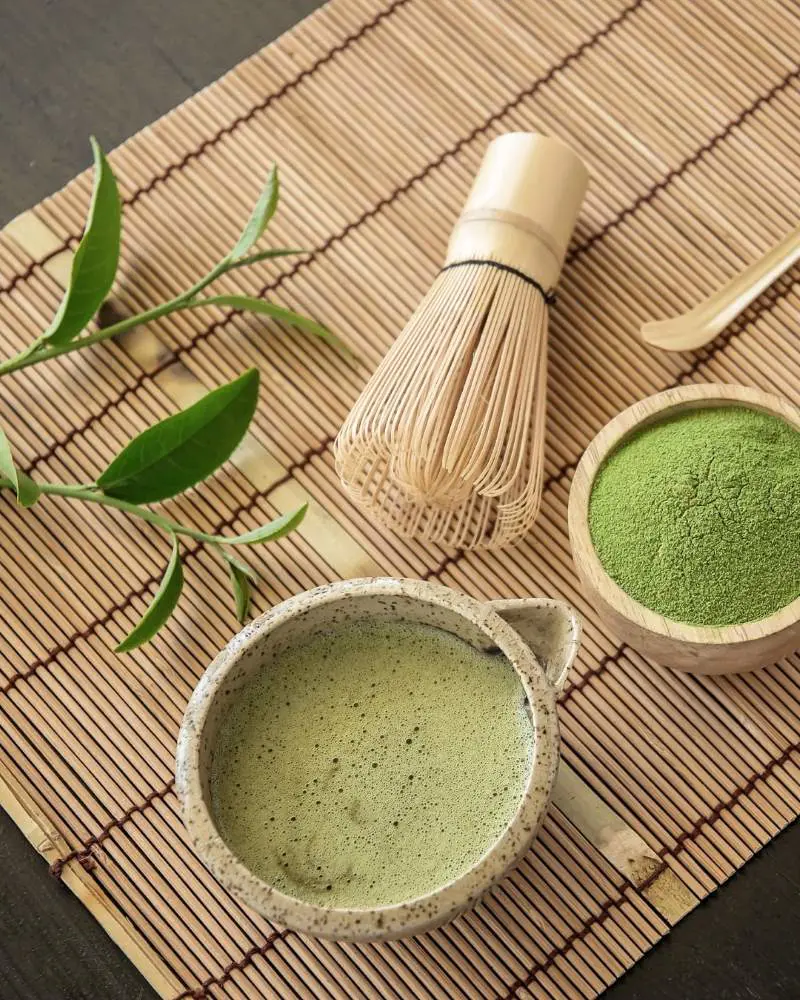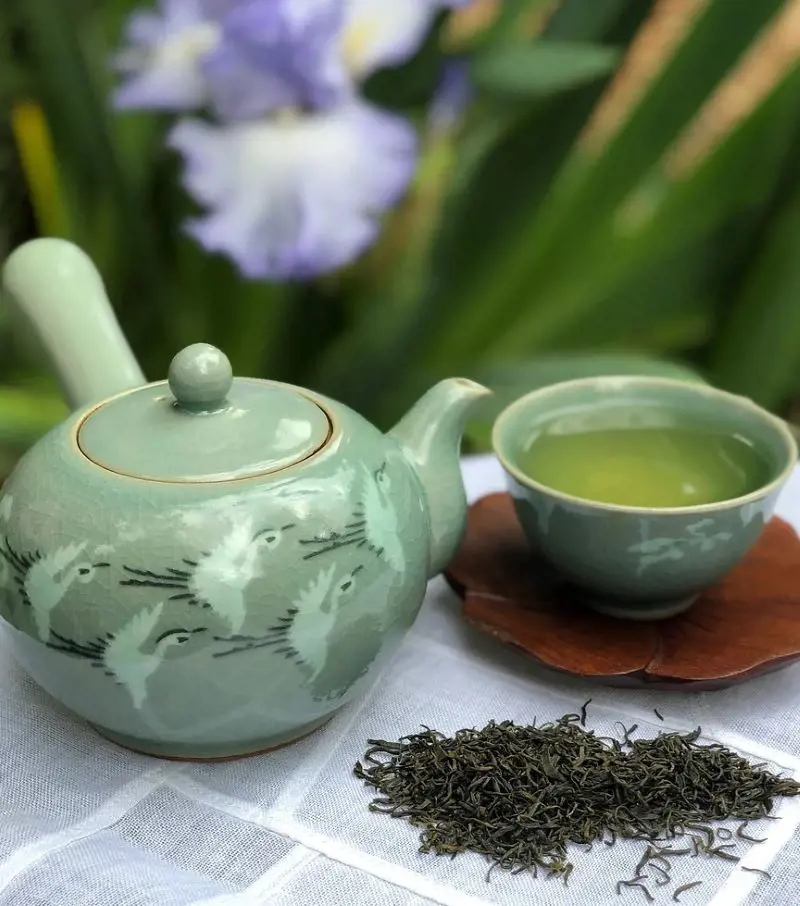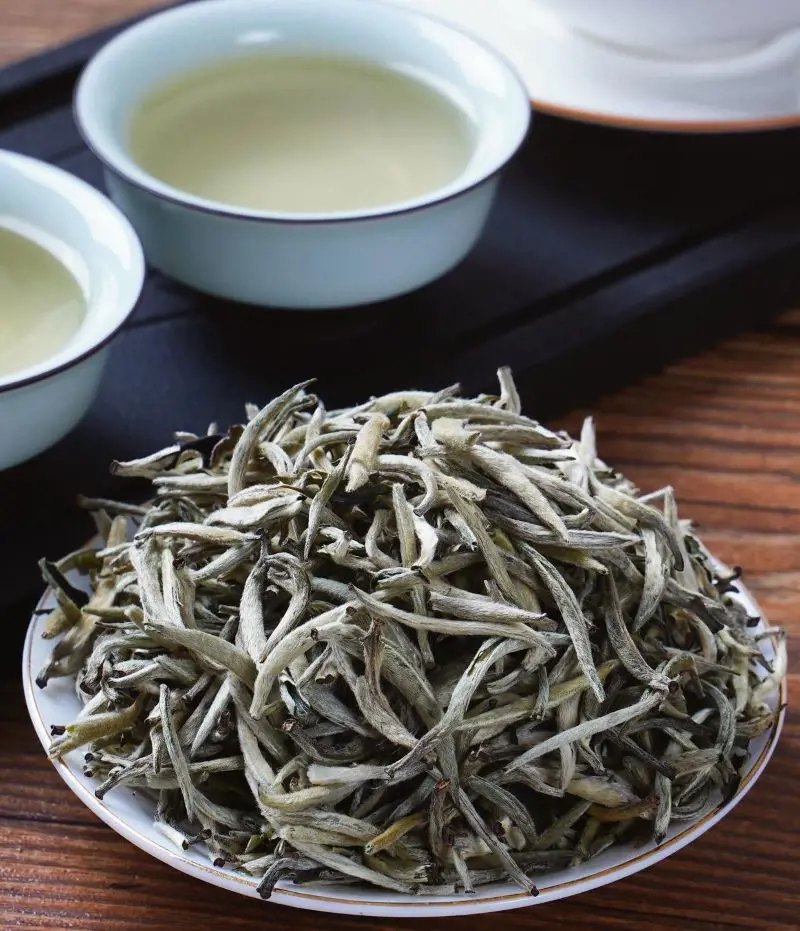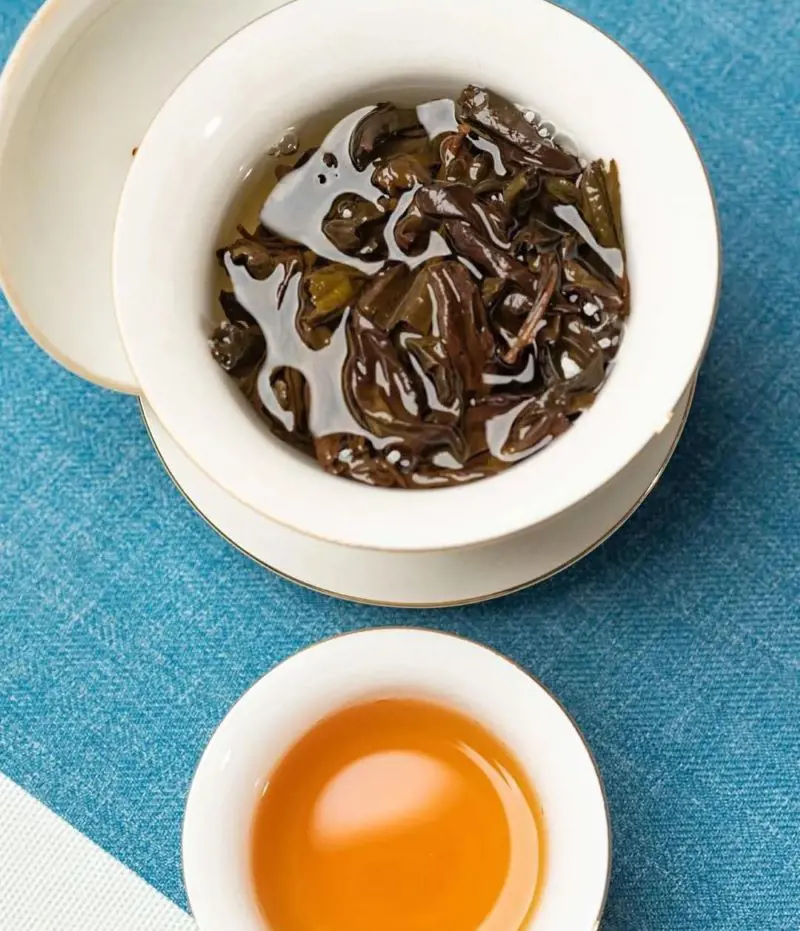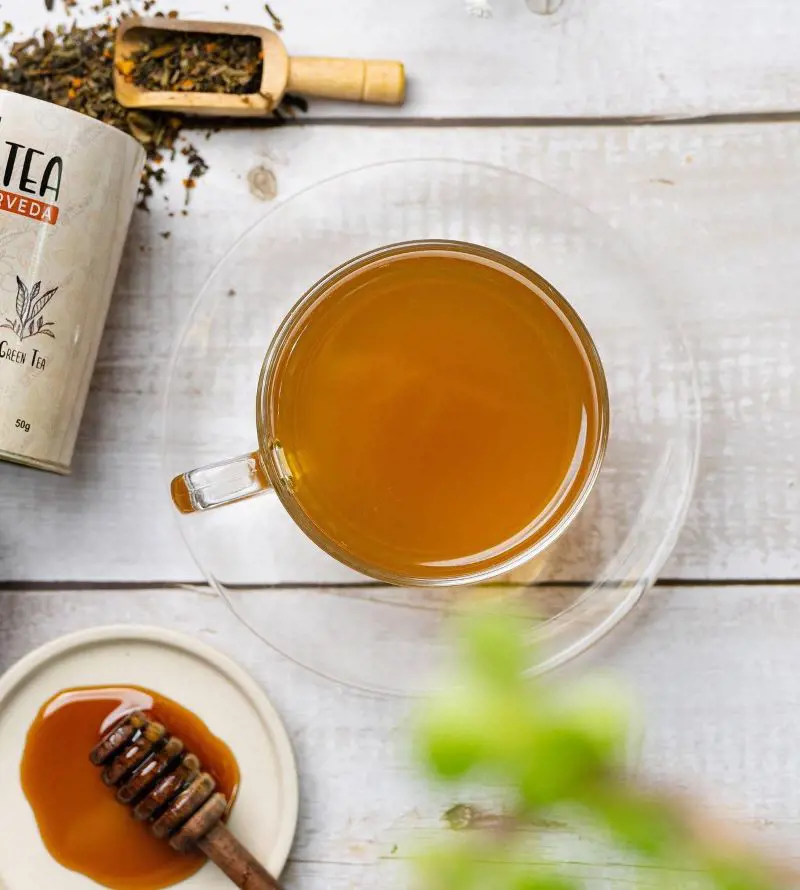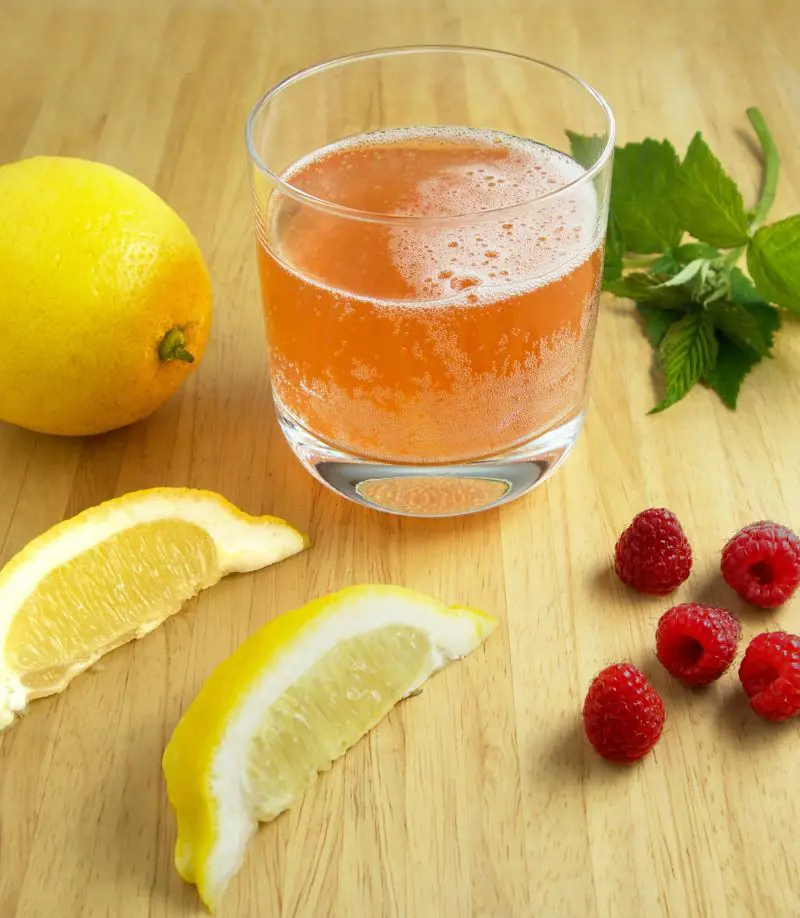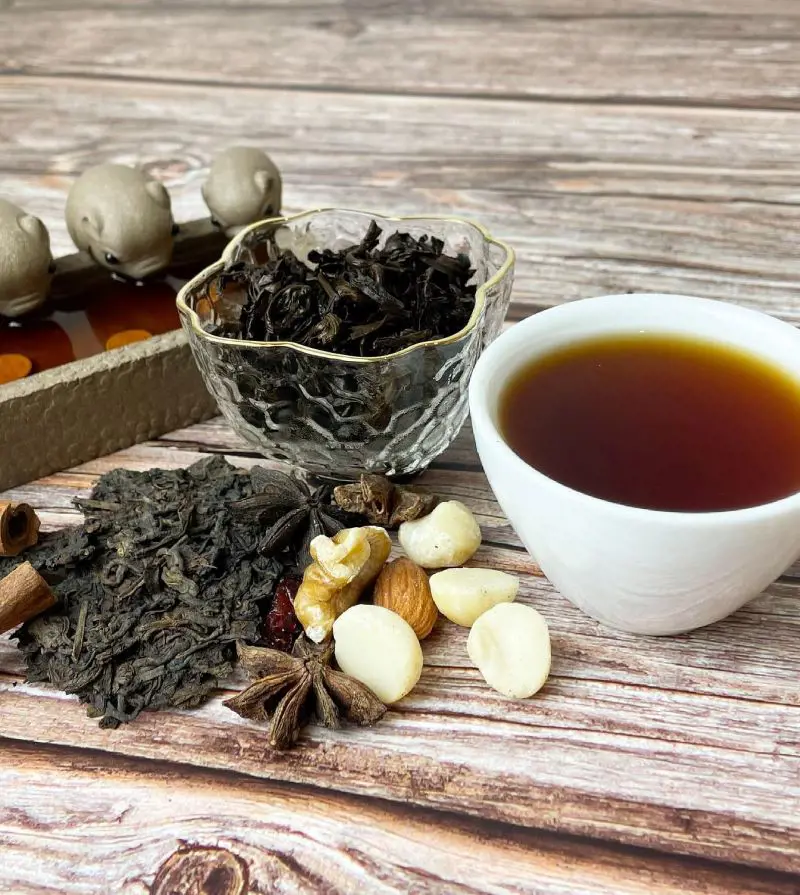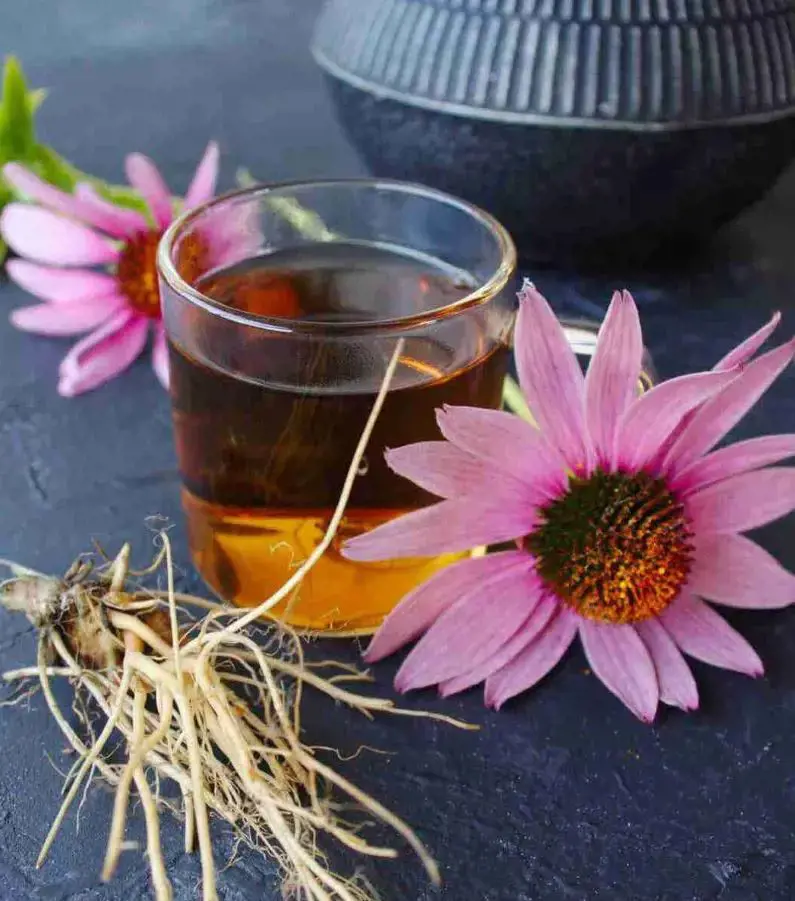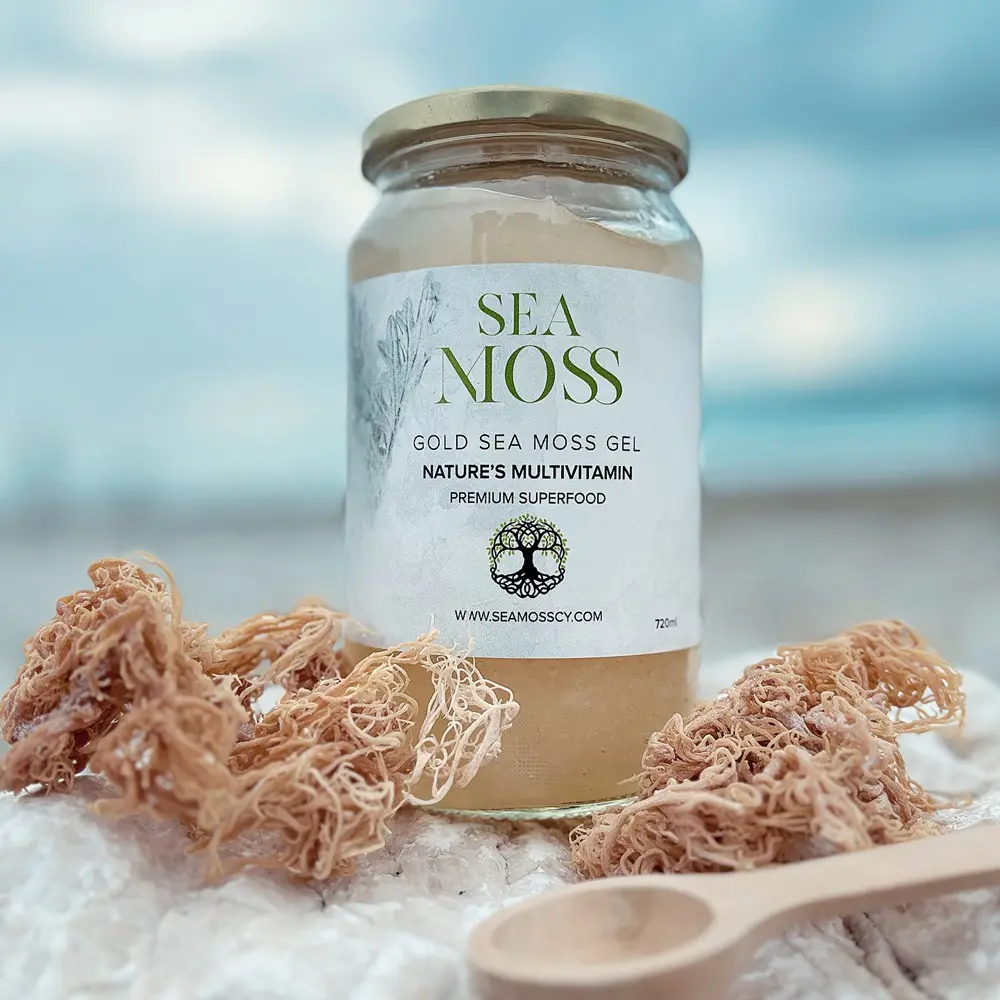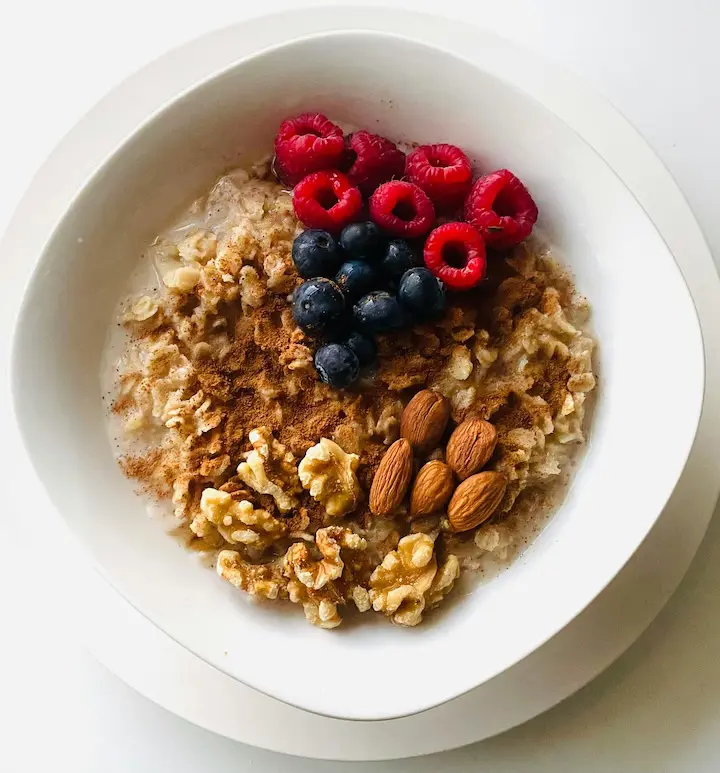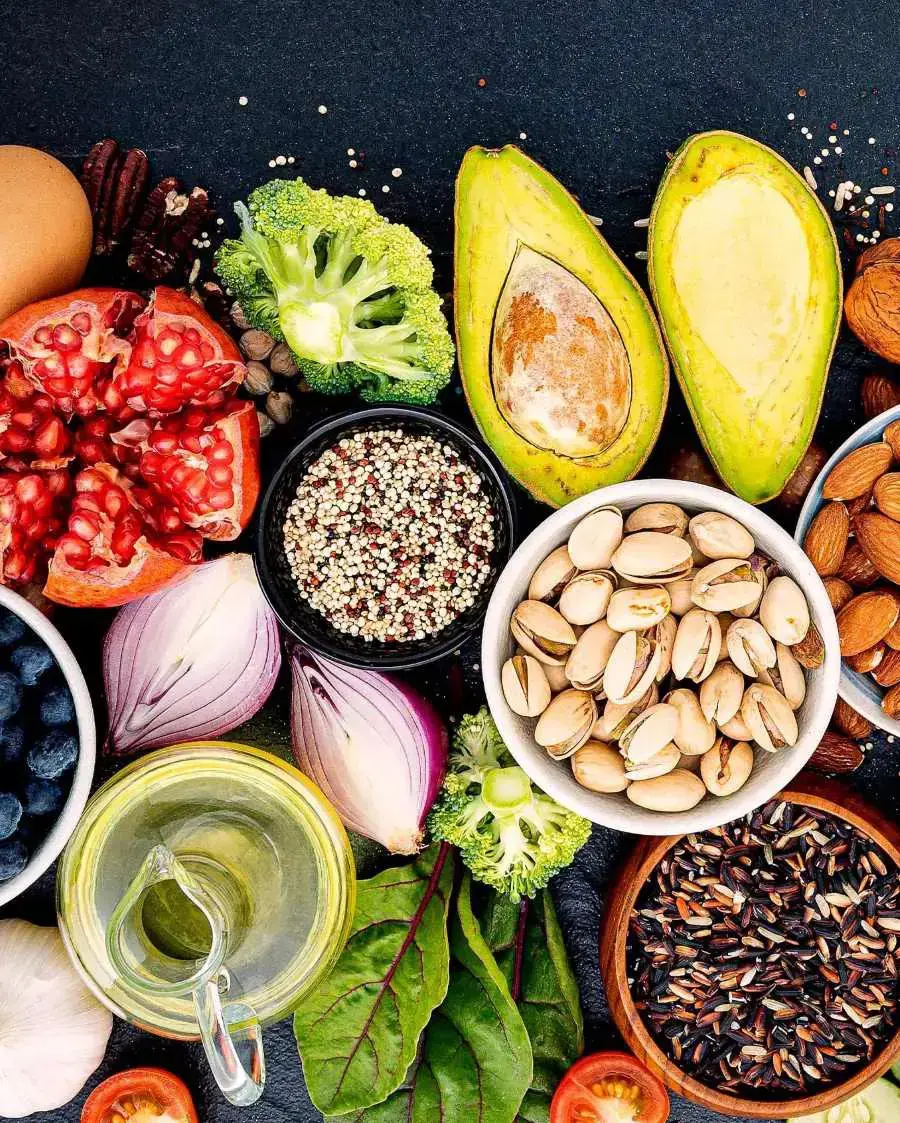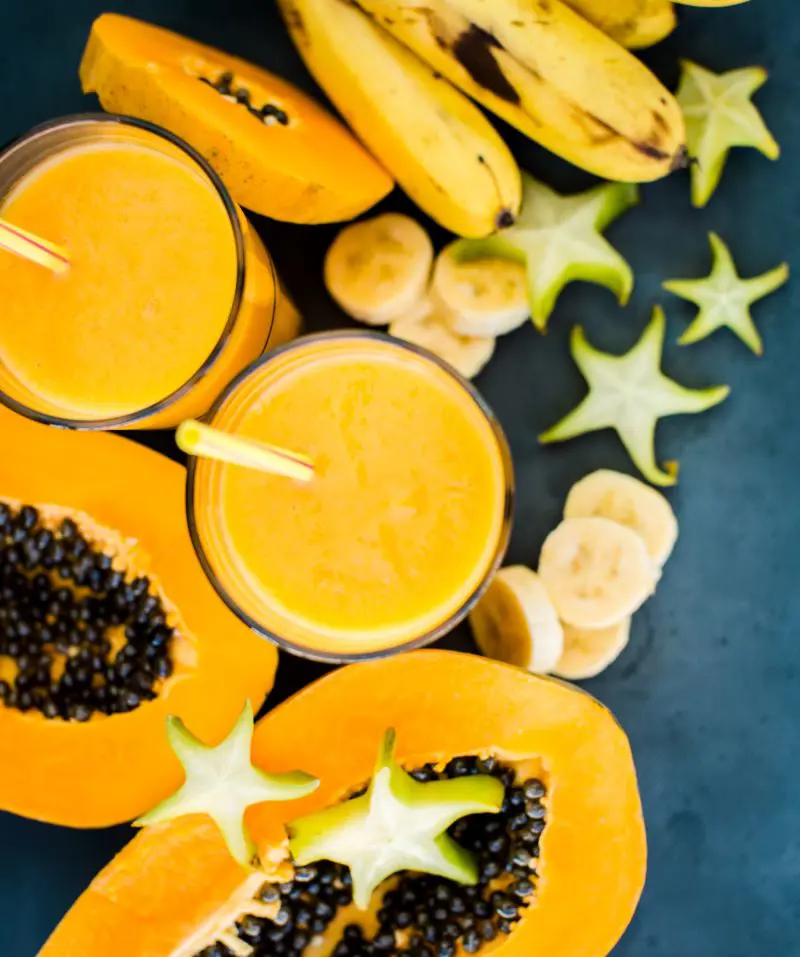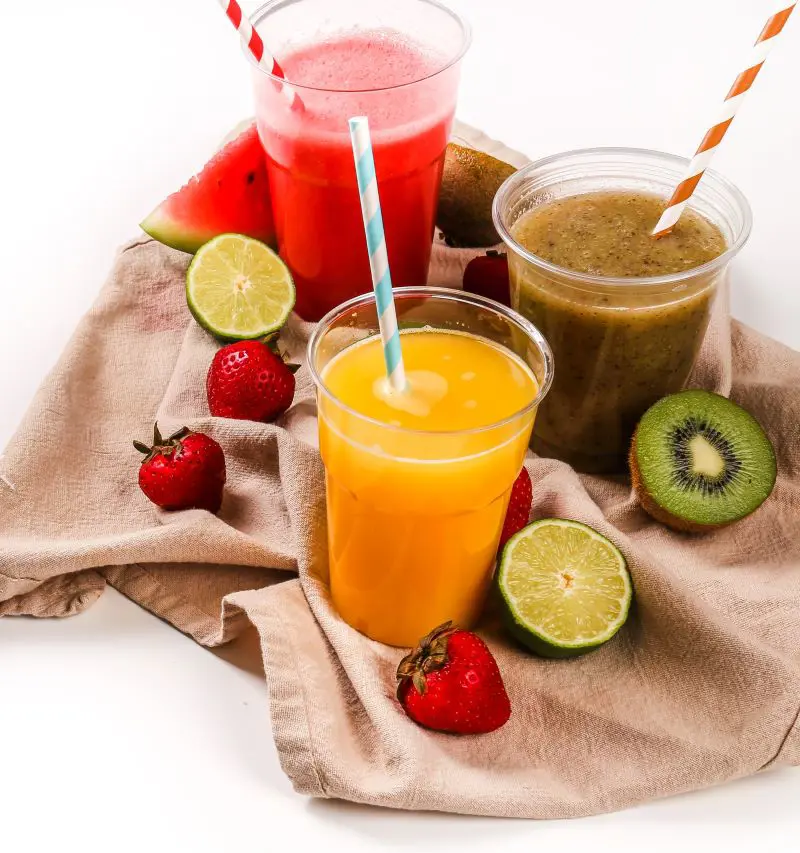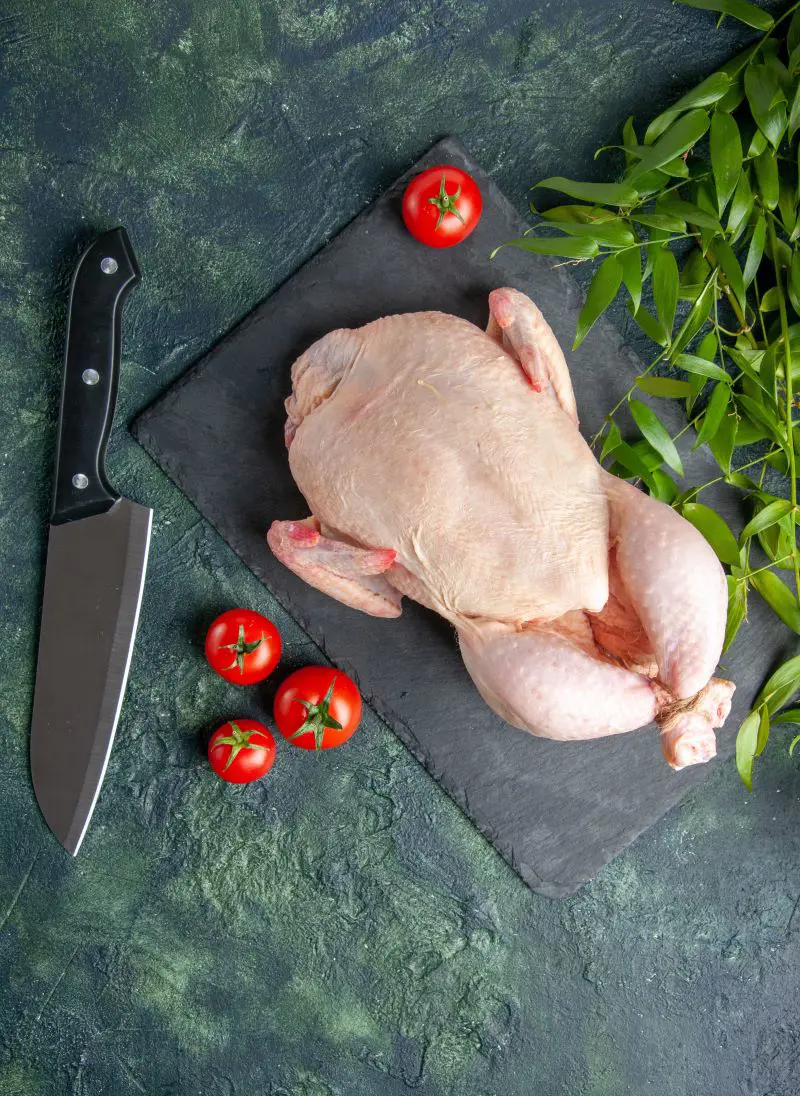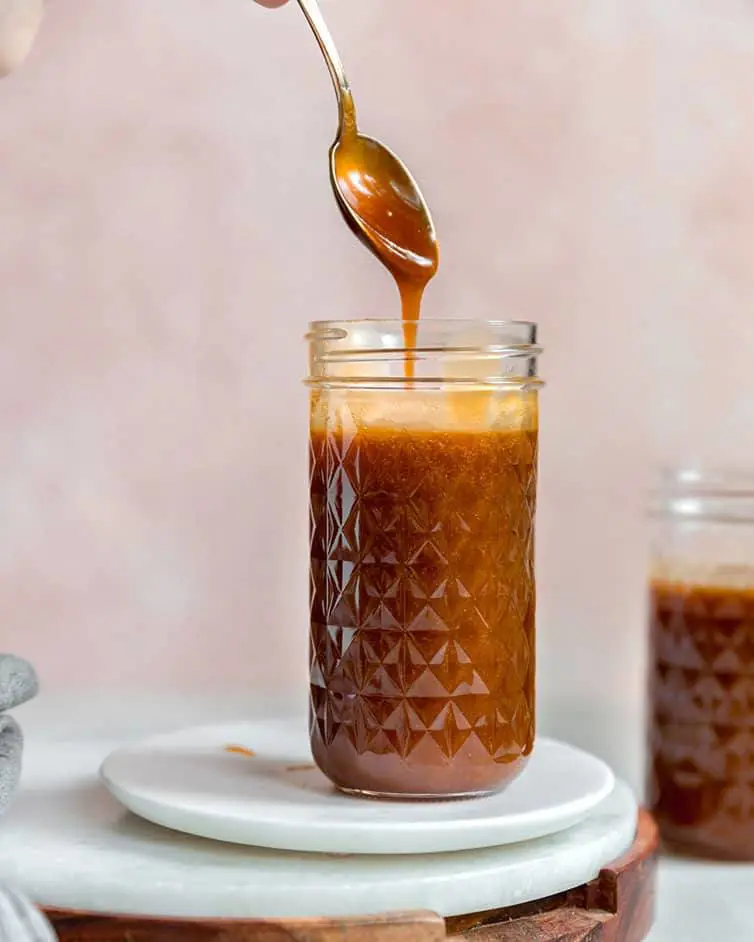Tea Origin, History, And Development
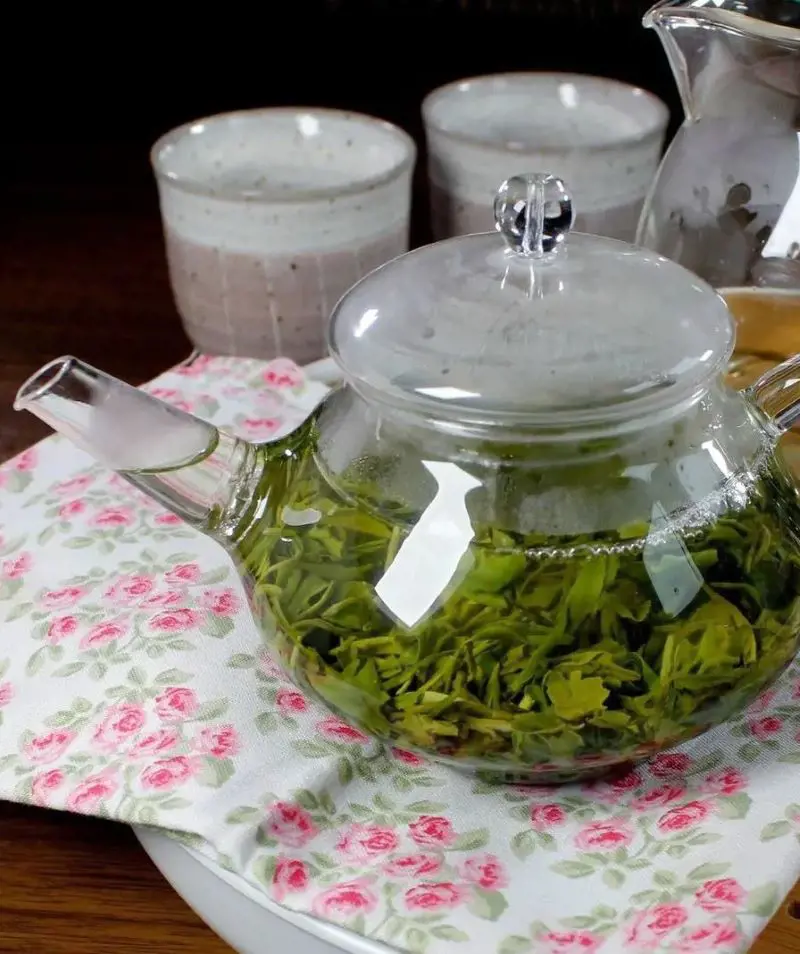
Tea plants are originally from East Asia, and it's believed that tea's center of origin is near the source of the Irrawaddy River. From there, it spread out in a fan-wise pattern into southeast China, Indo-China, and Assam.
The natural home of the tea plant is considered to be a relatively small area between Nagaland, Manipur, and Mizoram along the Burma frontier in the west, extending through China to Chekiang Province in the east, and generally south through the hills to Burma and Thailand to Vietnam.
In ancient East Asia, people ate tea in various ways for centuries, such as nibbling on raw leaves, adding them to soups or greens, or fermenting them and chewing them as betel is chewed. Over the centuries, different techniques for processing tea and various forms of tea were developed.
During the Yuan and Ming dynasties, unoxidized tea leaves were initially stirred in a hot, dry pan, rolled, and air-dried to prevent oxidation, resulting in green tea. In the 15th century, oolong tea, where leaves are partially oxidized before being heated, was created.
Western preferences, however, favored the fully oxidized black tea, where the leaves were allowed to oxidize further. Yellow tea was discovered accidentally during the production of green tea in the Ming dynasty due to less careful practices that caused the leaves to turn yellow, which resulted in a different flavor.
